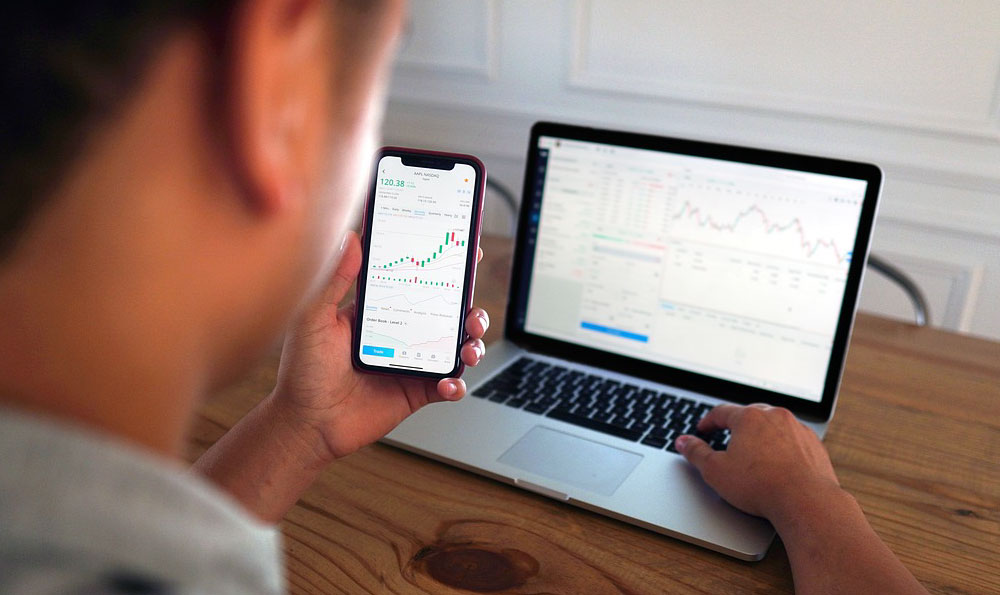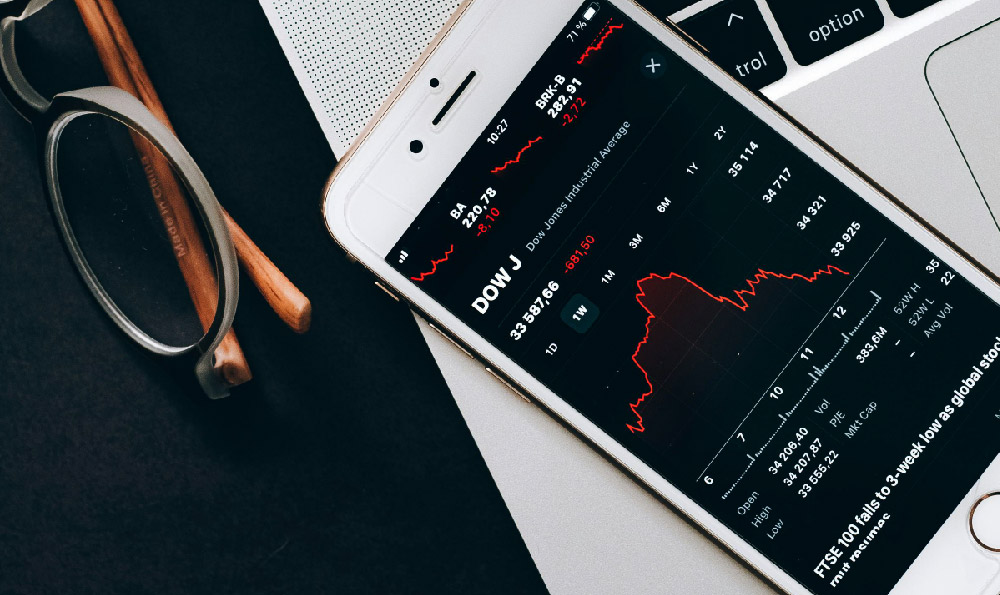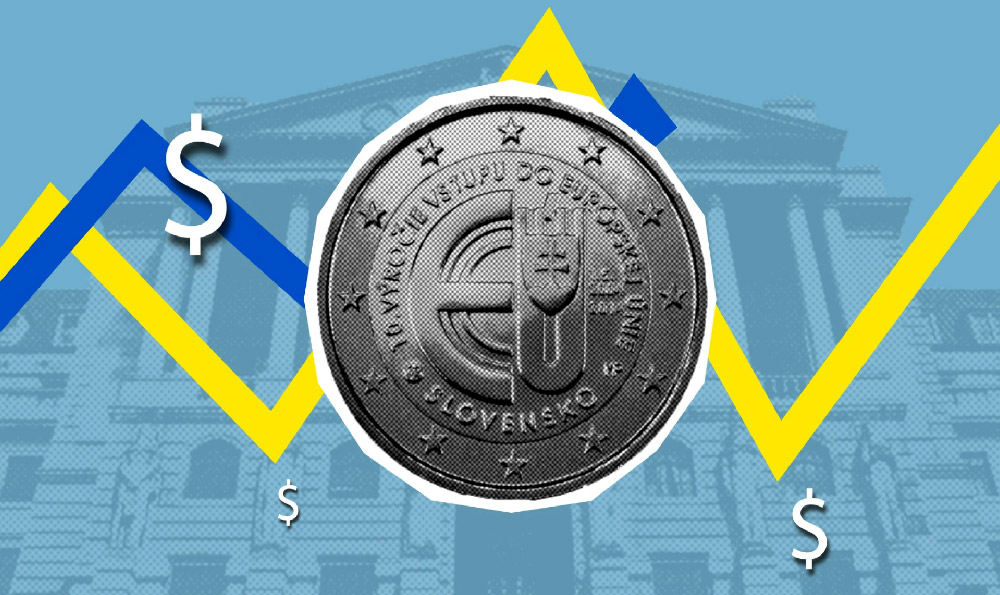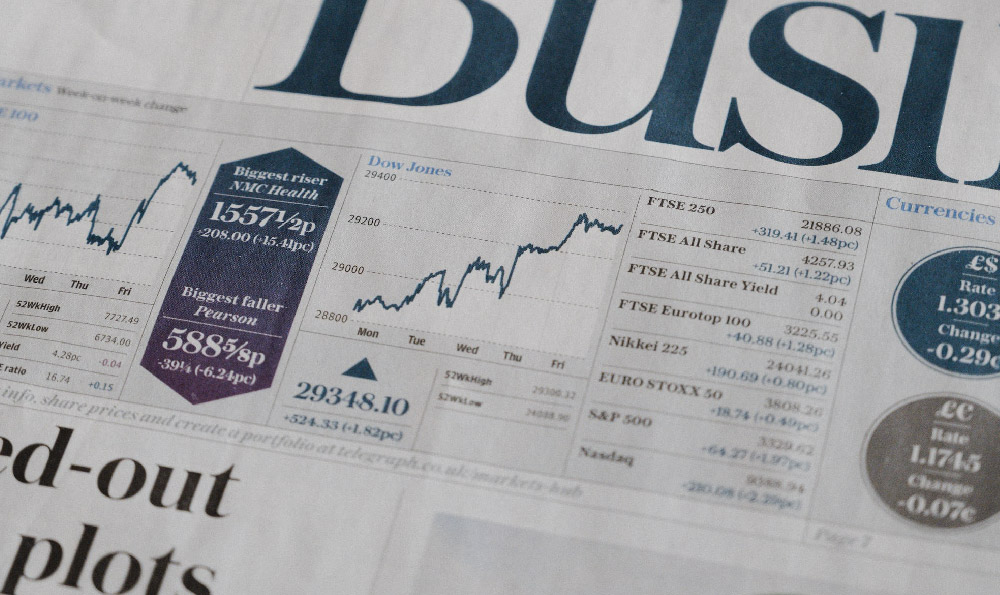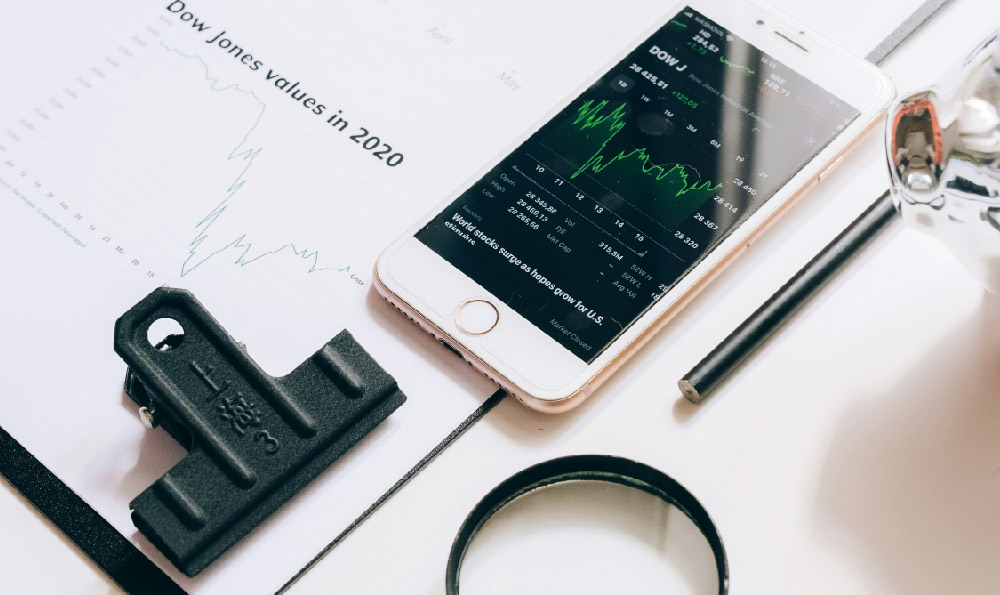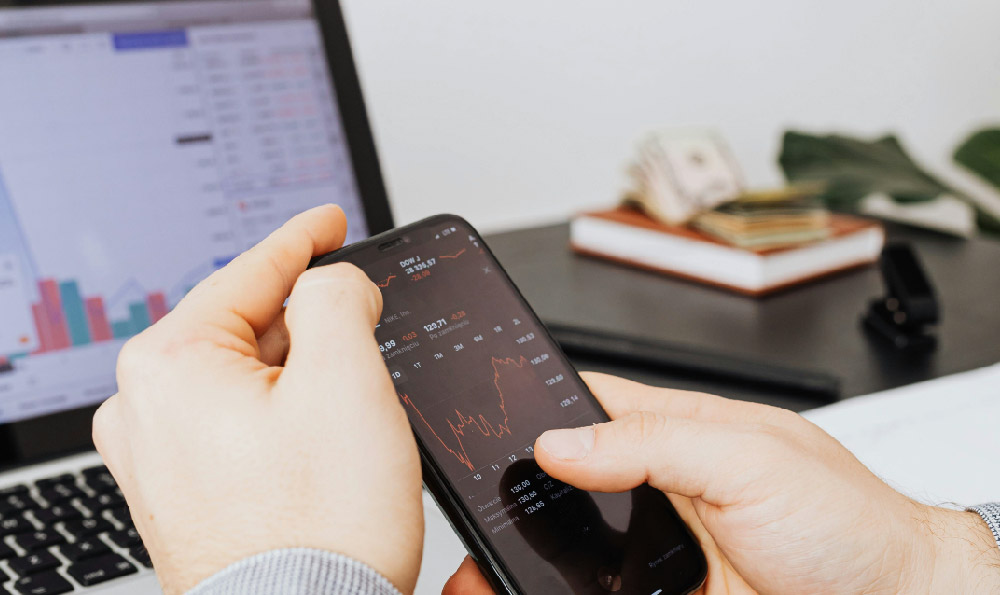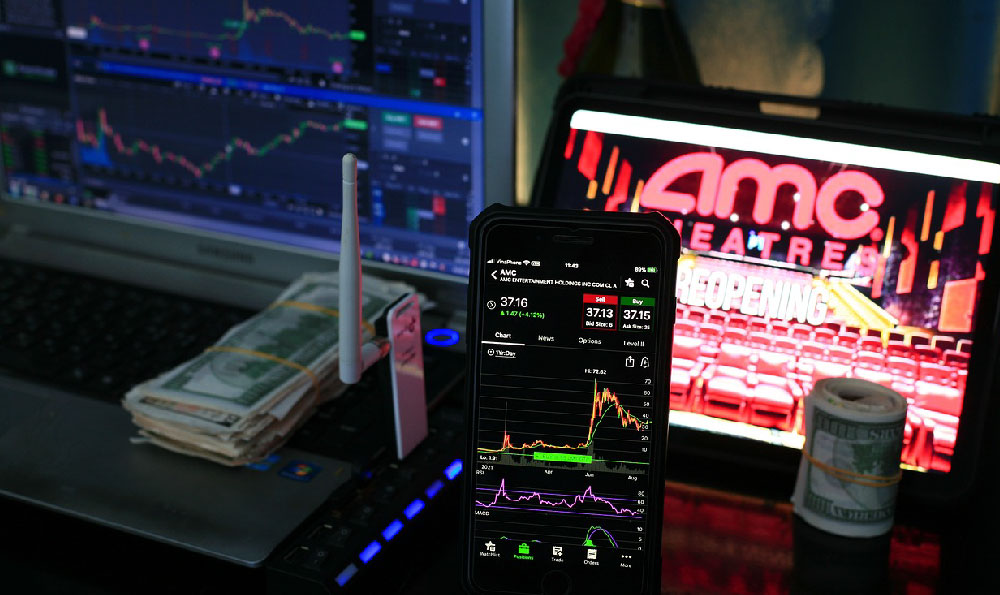Does Spotify Pay Artists Well? How Much Money Can Artists Make on Spotify?

Okay, here's an article responding to the question, "Does Spotify Pay Artists Well? How Much Money Can Artists Make on Spotify?" as you requested.
``` The digital music landscape has been dramatically reshaped by streaming services, with Spotify emerging as a dominant player. For artists, Spotify represents a powerful platform for reaching a global audience, but the question of whether it provides fair compensation remains a persistent and complex debate. Understanding the intricacies of Spotify's payment model and the factors influencing an artist's earnings is crucial for navigating this new era of music distribution.
The core of the controversy lies in Spotify's per-stream royalty rate. While the exact figure fluctuates based on various factors, it generally hovers around a fraction of a cent – often cited as between $0.003 and $0.005 per stream. This might seem insignificant, but its cumulative effect determines the income an artist derives from the platform. Several variables influence this rate, including the artist's location, the listener's subscription status (premium vs. free), and Spotify's agreements with different record labels and distributors. Artists who are directly signed to major labels typically receive a different rate compared to independent artists or those using distribution services. Furthermore, the percentage of royalties Spotify pays out from its overall revenue pool varies, adding another layer of complexity.

The path from stream to artist's bank account is also not always direct. Spotify doesn't directly pay artists. Instead, it pays rights holders, which are typically record labels, distributors, or collecting societies. These rights holders then pay the artists based on their contractual agreements. This intermediary step introduces potential deductions, fees, and varying degrees of transparency, further complicating the financial equation for artists. Many artists, especially those with older contracts with major labels, find that a significant portion of their streaming revenue is retained by the label, leaving them with a comparatively small share.
Therefore, while Spotify provides a platform for global reach, the actual earnings for artists can vary dramatically. An unsigned artist with a viral hit might see a temporary surge in income, but sustaining that level of success and translating streams into substantial revenue requires strategic planning and consistent audience engagement. Independent artists often rely on multiple revenue streams, including merchandise sales, touring, crowdfunding, and Patreon subscriptions, to supplement their income from streaming. They must also shoulder the costs of production, marketing, and promotion themselves, further eroding potential profits.
For artists signed to record labels, the financial landscape is equally nuanced. While major labels can provide significant resources and promotional support, they also command a larger share of the revenue. Artists need to carefully negotiate their contracts and understand the terms of their agreements to ensure fair compensation. Transparency in royalty reporting is also crucial, as discrepancies can lead to underpayment and disputes.
Moreover, the impact of playlisting cannot be overstated. Spotify's algorithm-driven and editorial playlists have become powerful gatekeepers, determining which artists gain exposure to a wider audience. Landing a spot on a popular playlist can significantly boost an artist's stream count, leading to increased revenue. However, the process of securing playlist placements is often opaque and competitive, with some artists resorting to controversial tactics like payola to gain an edge.
The debate surrounding Spotify's payment model has fueled calls for reform and greater transparency. Artist advocacy groups have argued for a fairer distribution of revenue and a more equitable system for compensating artists for their work. Some propose a user-centric payment model, where each subscriber's fees are distributed solely to the artists they listen to, rather than being pooled together. Others advocate for increased government regulation to ensure fair competition and protect the rights of artists.
Ultimately, the question of whether Spotify pays artists well is subjective and depends on individual circumstances. While some artists have achieved significant financial success through Spotify, many others struggle to make a living from streaming alone. The platform provides unparalleled reach and exposure, but the financial rewards are often unevenly distributed and heavily influenced by factors beyond the artist's control. Artists need to be proactive in managing their careers, diversifying their income streams, and advocating for fairer compensation to thrive in the evolving digital music economy. They must understand their contracts, build their own audience outside of the platform, and leverage all available tools for promotion and engagement. The future of music monetization hinges on finding a sustainable and equitable model that fairly compensates artists for their creative contributions. ```
